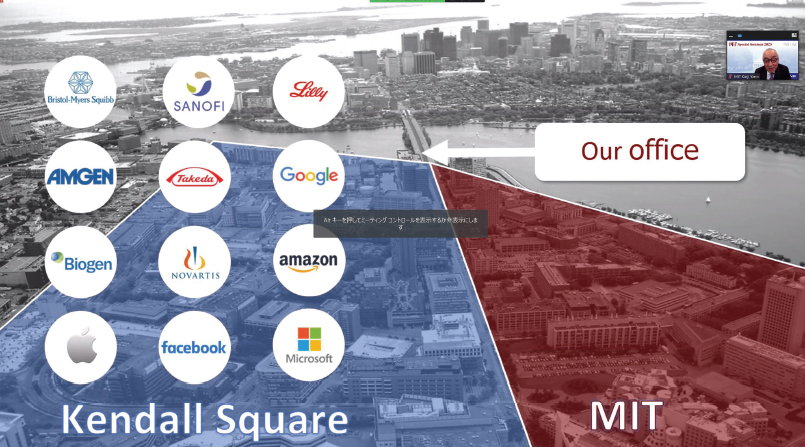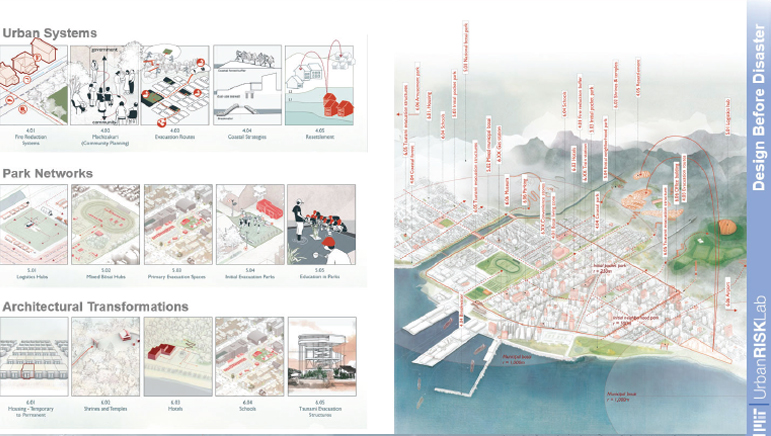|
FORUM8 participates in MIT ILP, an industry-academia collaboration programme of MIT (Massachusetts Institute of Technology), and we have held the "MIT Special Seminar" in cooperation with MIT ILP since 2021. Every year in March, we invite researchers in the field of construction and civil engineering to give online lectures. This time, Assoc. Prof. Miho Mazereeuw at MIT's faculty of architecture and urbanism talked under the theme of "Disaster Prevention Design for Disaster Preparation".
She is a landscape architect and architect. She taught at the Graduate School of Design at Harvard University and the University of Toronto prior to joining the faculty at Massachusetts Institute of Technology. She is completing her forthcoming book entitled Preemptive Design: Disaster and Urban Development along the Pacific Ring of Fire featuring case studies on infrastructure design, multifunctional public space and innovative planning strategies in earthquake prone regions. She is collaborating on a number of projects with institutions and organizations in the field of disaster reconstruction/prevention and is currently working in Haiti, India, Japan and Chile.
In the lecture, Prof. Mazereeuw presented various information using easy-to-understand materials, based on her book "Design Before Disaster" (University of Virginia Press, to be published in 2023), which she wrote about how to anticipate and prepare for disasters through design. About designing for disaster prevention in various regions of the world, including the areas affected by the Great East Japan Earthquake, which she visited in person, she presented the results of her research on visualization, which is important for enhancing and improving "Awareness".
Prof. Mazereeuw emphasized the importance of fieldwork in disaster management research. Based on her experience in many field sites, she said that it is necessary to understand how local people are actually affected, to link action and research, and to share information with people in the field as academics.
In the real-time RISKMap AI project, she aimed to create a tool to connect people and policies by providing the government with the information that citizens send to their families from their smartphones and other devices during a disaster, while also providing citizens with the information from the government. Another project with Tsukuba University on Fukuchiyama City, Kyoto Prefecture, she focused on information sharing to create a safer community. She analyzed flooding risk through image recognition using hundreds of photos of past floods in the area, and risk classification in text was done through natural language processing instead of manual processing to streamline the information collection. The project on "Simulating Flood Mitigation and Improving Responsibility" involved producing flood risk maps for the entire MIT Cambridge campus. She introduced a method for visualizing where vulnerable areas are located and incorporating them into urban design and policy.
Finally, in relation to the content of the forthcoming book on disaster management design, she stated that she was conscious of raising awareness of how everyday spaces can be used after a disaster, so that the general public can understand that these spaces are designed for disaster mitigation. She also explained the importance of communicating disaster preparedness and awareness through everyday design.
 |
Greeting from Dr. Keiji Yano, Associate Director of the MIT Industrial
Liaison Program Japan. Introduction of MIT and ILP |
 |
 |
Prof. Miho Mazereeuw's presentation on "Disaster Prevention Design for Disaster Preparation". From her book, she introduced the case studies in Japan that inspired her and her current projects at the MIT Urban Risk Lab. |
|
